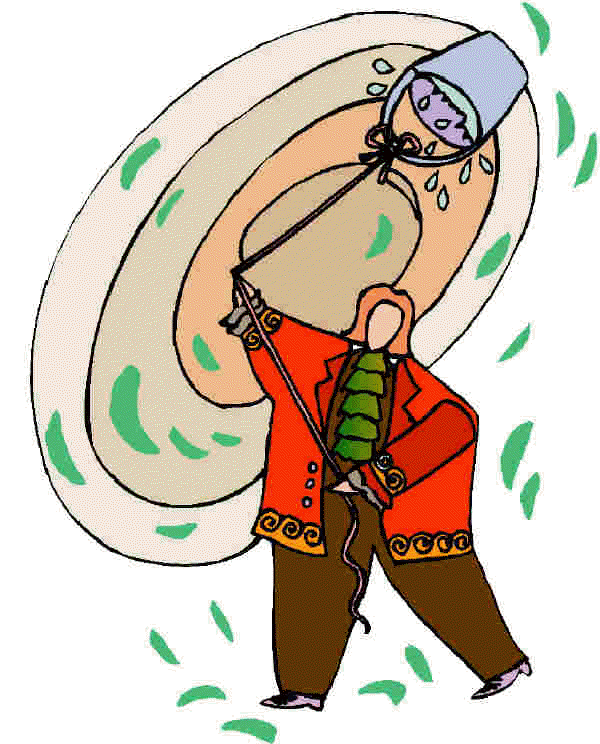BACKGROUND:
 Physics
describes how objects interact with each other. It is difficult to
explain magnetism, heat, light, weight, mass, density, temperature, and
many other properties we use to describe objects. Many of these terms
are used in our modern day language, but their definitions are difficult
to illustrate. Physics
describes how objects interact with each other. It is difficult to
explain magnetism, heat, light, weight, mass, density, temperature, and
many other properties we use to describe objects. Many of these terms
are used in our modern day language, but their definitions are difficult
to illustrate.
For instance, many students think
heat and temperature are the same. Energy (heat) can be created when ice
is melting. Temperature however, is a measured quantity of coldness and
hotness. Children also confuse weight and mass. Weight is dependent on
the field of gravity one is in (the weight of a person on the Earth is
more than their weight on the moon). However, their mass is the same in
both places (or the same amount of matter within a given area).
Physics helps explain the picture
on the left. If you twirl water in a bucket, centrifugal force will
"push" the water to stay in the bucket. Physics explains many
things.
PROCEDURE:
- Introduce to students that
"physics" is all around them. Physics helps humans understand
what has been going on for billions of years. For example, ask the
students why they are standing up and not floating around. They might
answer that they are heavy or they have legs. However, itís because of
gravity or the attraction of our mass to the surface of the Earth. We
observe gravity all the time, like throwing a ball up into the air and
it comes down, but we donít fully understand it. Understanding gravity
is "physics."
- Electricity, magnetism, and light
are related. However, we did not know that until people who study
physics made that connection. It is difficult to understand how they are
connected, but they are. Tell students that as they grow older they will
find this out.
- Remember that many of these terms
can mean more than one thing. For instance, light can mean
"light" with respect to density. Students might give you the
words airy, delicate, feathery, or weightless. However, light also
refers to brilliance, illumination, shine, flicker, glimmer, beam, or
ray.
- Go over the words in the
worksheet, making sure that students understand they are part of
understanding the world of physics.
|